Introduction
In the construction industry, efficiency and precision are paramount. One tool that significantly contributes to these factors is the steel pipe cutter. Designed to cut through steel pipes with ease and accuracy, these tools are a staple in any professional's toolkit. With various types available, each offering unique features and applications, it's crucial to understand their differences and how they can cater to specific construction needs. This article delves into the world of steel pipe cutters, exploring their types, how to choose the right one for your needs, top brands, and essential maintenance tips for maximum efficiency.
Understanding Steel Pipe Cutters
Steel pipe cutters are a type of pipe cutter specifically designed to cut through steel pipes. They are a popular choice among professionals due to their efficiency and the clean, neat cuts they provide. The number of rotations needed to cut through a steel pipe depends on factors such as the pipe's size, thickness, and the sharpness of the cutter's blade. Steel pipe cutters are available in various types, each working in slightly different ways but all providing an effective solution for cutting steel pipes.
Types of Steel Pipe Cutters
Steel pipe cutters come in various types, each designed for specific tasks and materials. Manual cutters like handheld and ratchet types are portable and ideal for small tasks. Power cutters, powered by electricity, offer high productivity and are suitable for large-scale work. Hydraulic cutters, though heavy, provide high power for cutting large diameter pipes. Other types include shear cutters for plastic pipes, guillotine cutters for polypropylene pipes, and incisal cutters for thin-walled pipes. Each type has its unique features and applications, making it essential to choose the right one for your needs.
Manual Cutters
Manual steel pipe cutters offer fast, clean, and consistent cutting, even when a complete turn isn't possible. These tools are designed for efficient cutting of 2"-12" steel pipes, heavy-wall steel pipes, and cast-iron pipes. With extra-wide rolls, these cutters are designed for accurate cuts, making them a reliable choice for your construction needs.
Power Cutters
Electric pipe cutters are known for their speed and efficiency, making them ideal for high-volume production. They can handle pipe sizes from 1/4 inch to 4 1/2-inch tubing. The high-speed steel cutter wheel ensures clean cuts that require no additional finishing before applying fittings. Its universal AC/DC motor provides robust power, meeting all-day production needs. The cutter also includes a foot switch for operator safety and efficiency.
Hydraulic Cutters
Hydraulic cutters are robust and designed to withstand demanding industrial requirements. They are light in weight, offering added strength and flexibility, especially useful in hard-to-reach places. Various models are available to suit different cutting force requirements, making them ideal for tasks like building demolition, cutting pipes, and handling metal skidding. The hydraulic cutter kit includes the cutter itself, the required hose length, and an electric or pneumatic high-pressure pump. Battery-operated models are also available, providing even more flexibility for your construction needs.
Choosing the Right Steel Pipe Cutter for Your Needs
Choosing the right steel pipe cutter depends on the material and thickness of the pipe you're working with. Pipe cutters can handle a variety of materials, but the choice of cutter will depend on your specific application. For instance, plastic handled pipe cutters are designed for thin wall pipe, while metal handled ones can cut through thicker materials. Some pipe cutters have additional features like a point on the blade for piercing through the pipe wall. Remember to consider these features when selecting a pipe cutter.
Considerations for Pipe Size and Material
When choosing a steel pipe cutter, consider the size and material of the pipe. For larger 2" - 10" pipes, a hinged pipe cutter is ideal. It adjusts to fit these sizes and has a quick release for easy blade replacement. For cutting thicker steel pipe or cast iron, a snap cutter or soil pipe cutter is suitable. For the largest pipes, over 10", a reciprocating saw or a rotary cutter can be used. Ensure the correct blades are used to avoid damage to the tool and blade. For extra large diameter pipe in excess of 20", options include hydraulically driven chain style saws.
Frequency of Use and Budget
The laser tube cutting machine is a cost-effective solution for your metalworking needs. It's an affordable, practical, and versatile tool that can cut a variety of tube shapes. Compared to other laser pipe cutting machines with similar processing capacity, the cost can be reduced significantly. This machine is an excellent entry-level tool for businesses, offering high efficiency and stability. It's designed to last for more than ten years, making it a worthwhile investment for frequent use.
Safety and Ease of Use
Safety is a crucial aspect when using steel pipe cutters. For instance, heavy-duty reciprocating saws can be challenging to stabilize, requiring adequate arm support for secure maneuvering. Safety glasses are essential due to sparks from the blades. On the other hand, manual hand tools are less dangerous with a reduced risk of injury. When using a Portable Power Tubing Cutter, ensure the tubing is securely held in place and free from obstructions. This not only guarantees the best possible cut but also extends the life of the cutter by reducing unnecessary strain.
Top Steel Pipe Cutter Models
There are numerous models of steel pipe cutters suitable for various materials. Each model caters to different needs, ensuring you can find the perfect tool for your project.
Maintaining Your Steel Pipe Cutter for Maximum Efficiency
Maintaining your steel pipe cutter is crucial for its efficiency and longevity. Regular cleaning, especially of the chuck, is vital. Lubrication of the chuck ensures high accuracy during movement. Cleaning the chuck jaws every 3-6 months helps keep the surface clean and lubricated. Rust prevention is key to prevent the exposed metal of the chuck from rusting, which can affect production accuracy and efficiency. Regular inspection and compliance with use procedures can protect the machine well and maintain its good performance.
Regular Cleaning and Inspection
To maintain the efficiency of your steel pipe cutter, regular cleaning and inspection are crucial. After each job, clean your cutter using a cleaning agent and a wire brush, focusing on the feed screw, rollers, and the cutting blade. This prevents the blade from losing its sharpness. Additionally, inspect your cutter closely after every job. Check for any damages on the body, the feed screw, and the rollers. For the blade, ensure it isn't blunt or chipped before use. Remember, even though a cutter's blade is made of stainless steel, it shouldn't be used to cut hard materials like iron or steel.
Proper Storage and Handling
In order to ensure your pipe cutter remains at its best, make sure to clean it thoroughly before returning it to storage after use. Proper storage and handling of your steel pipe cutter not only prolongs its lifespan but also ensures it delivers maximum efficiency each time it's used. Remember, a well-maintained tool is a reliable tool, and this is especially true for steel pipe cutters used in construction needs.
Conclusion
In conclusion, steel pipe cutters are an indispensable tool in the construction industry, offering efficiency, precision, and versatility. From manual to power and hydraulic cutters, each type serves a unique purpose, catering to different tasks and materials. Choosing the right cutter depends on factors like pipe material, thickness, frequency of use, budget, and safety considerations. However, the efficiency of these tools is not just about the right choice but also about proper maintenance. Regular cleaning, inspection, and proper storage are key to ensuring your steel pipe cutter's longevity and peak performance. With the right tool and maintenance, you can maximize efficiency in your construction needs.



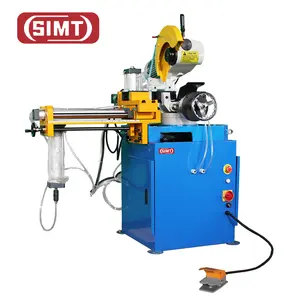



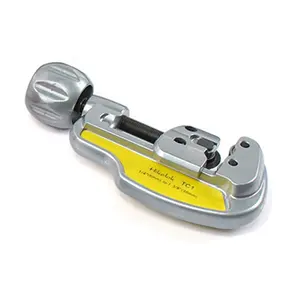









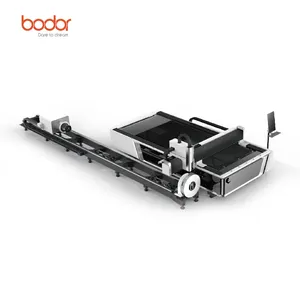

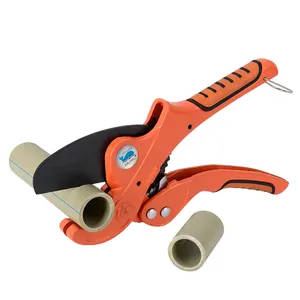




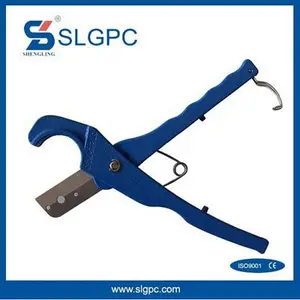



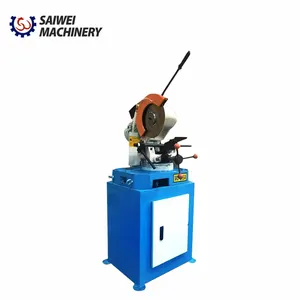




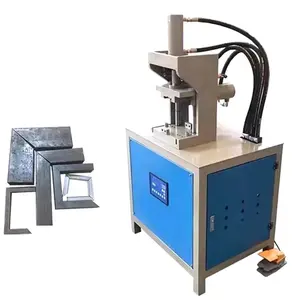
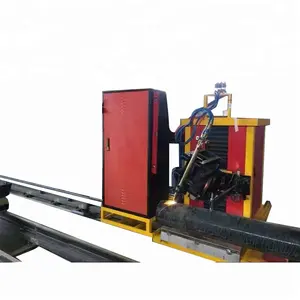
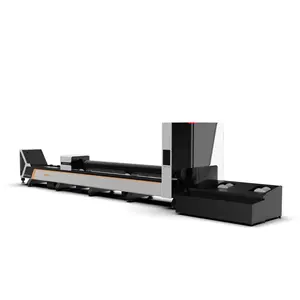


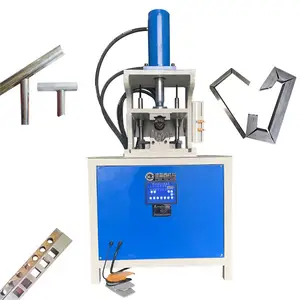


























 浙公网安备 33010002000092号
浙公网安备 33010002000092号 浙B2-20120091-4
浙B2-20120091-4